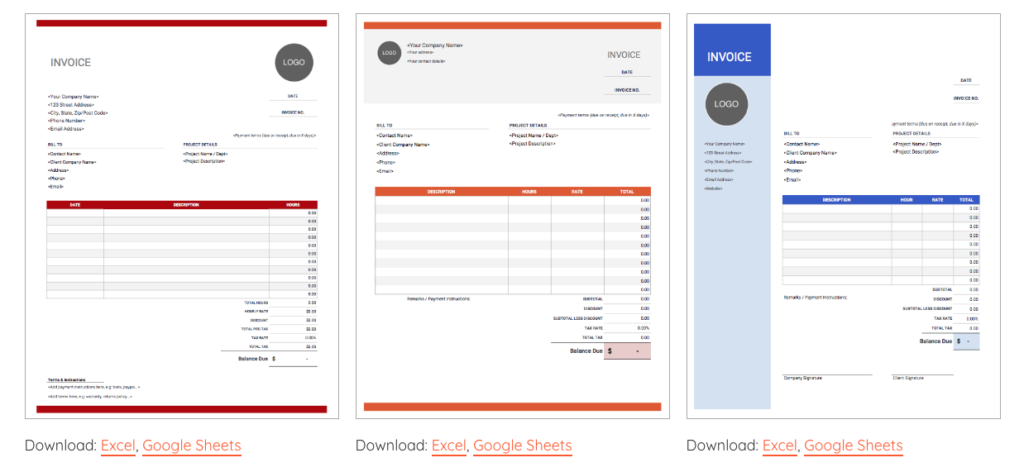Photo by Brooke Cagle on Unsplash
With freelance platforms growing and more companies looking for that outsourced creative, it’s now crystal clear we’re living in an increasingly gig-based economy.
It’s something Charles Towers-Clark at Forbes calls the “uberization of work” — traditional work turning into freelance contracts and digital channels creating more, location-independent work. And it comes with its own pros and cons. Working more flexibly on a job-by-job basis is touted by some as the ultimate in employment, and provides a lot of freedom for those that desire it,” writes Towers-Clark. “However, part-time workers do not have the same benefits as full-time employees do, leaving them without the job security and peace of mind that nine-to-fivers enjoy.”
There are a number of reasons you may want to start freelancing. Maybe you’re looking for some work on the side — or maybe you’d like to go out on your own completely.
Whatever the case, you’ll need the right tools to succeed. Freelancing is fantastic, but it’s not necessarily easy. You’ll need the right processes to take advantage of the freedom and avoid being left without that ‘peace of mind’.
Three areas in particular can make or break your foray into freelancing: communication, invoicing and constant learning.
Put your best foot forward with great communication
When I set out to become a freelancer, I set two major rules for myself:
#1: Under promise but over deliver, and
#2: Communicate clearly, communicate often.
The importance of #2 cannot be overstated. Asking clarifying questions, sending updates and following up even after a project has been completed will almost certainly set you apart from other freelancers who your clients works with.
“Communication is a big part of your success as a freelancer,” writes Richard Lorenzen at HuffPost. “What steps will you take to put your best foot forward?
For starters, make use of the wide range of communication tools we have at our disposal these days. For example:
- Set up a business number with Skype to keep texts and calls as seamless as possible.
- Get on Google Hangouts for a free and easy face-to-face meeting.
- If your client is on Slack, ask to be added to a channel so you can keep up with the whole team.
- Look at collaboration tools like Trello or Basecamp to make the back-and-forth on projects easier.
- Put an organizational tool to good use. Whether it’s Wunderlist to keep things straight or Evernote to track everything related to the project, these tools will help you with communication, project completion and everything in between.
RELATED ARTICLE: WANT TO LOOK MORE PROFESSIONAL? CONSIDER THESE 7 LITTLE TOUCHES
Use professional invoices for better cash flow
Getting paid as a freelancer can be a double-edged sword. It’s certainly satisfying to see a paycheck roll in after all your hard work. But chasing after that paycheck can become unnecessarily difficult if you use a solid, professional invoice as the foundation of your payment process.
Clients want something clear and professional, reflective of your work as a contractor or freelancer. Instead of a lump sum, spell out the work you’ve completed line by line. And make it as professional as possible, with your contact information, clear lines and a little pop of color. Starting with an accurate and professional invoice decrease your chance of having to deal with the headache of unpaid invoices.
There are a handful of online billing software tools that help freelancers connect with clients for payment. But these can be overly complicated, particularly if you’re just starting out.
For a happy medium between ‘let-me-jot-something-down-in-Word’ and ‘let-me-figure-out-this-fancy-smancy-accounting-software’, consider putting a freelance invoice template to use. A template means you can keep the invoice neat and professional, but also tailor it to your needs.

Source: InvoiceSimple.com
Using a template brings a professional edge to more than just invoices. “If you find yourself struggling to format project proposals, meeting agendas, or customer invoices, use a template you can quickly modify as needed,” writes John Boitnott at Inc. “This way you don’t have to start from scratch every time.”
Long story short: save yourself some time and stand out from the crowd of other beginner freelancers with an invoice template.
Don’t forget to learn new things
Last but certainly not least, the best freelancers are always learning. Even if you are a master graphic designer or stellar writer, there is always something to learn.
It could be reading up on marketing your newly successful business or it could be reviewing new tools for your photography business. Spend a few hours each week scooping up everything about your niche.
The resources around the Internet are almost literally endless. Use Udemy or Skillshare to take a full course. Read Neil Patel or Hubspot for marketing best practices. Look at Inc or Work Made for Hire to polish your professional skills.
You get the idea. I’ve been a freelancer for seven years and I’m still constantly learning new things, even within my own niche. It may seem like a lot of effort at first; and it is. But learning new things will make a big difference as you make the transition into freelancing.
Good luck out there.


